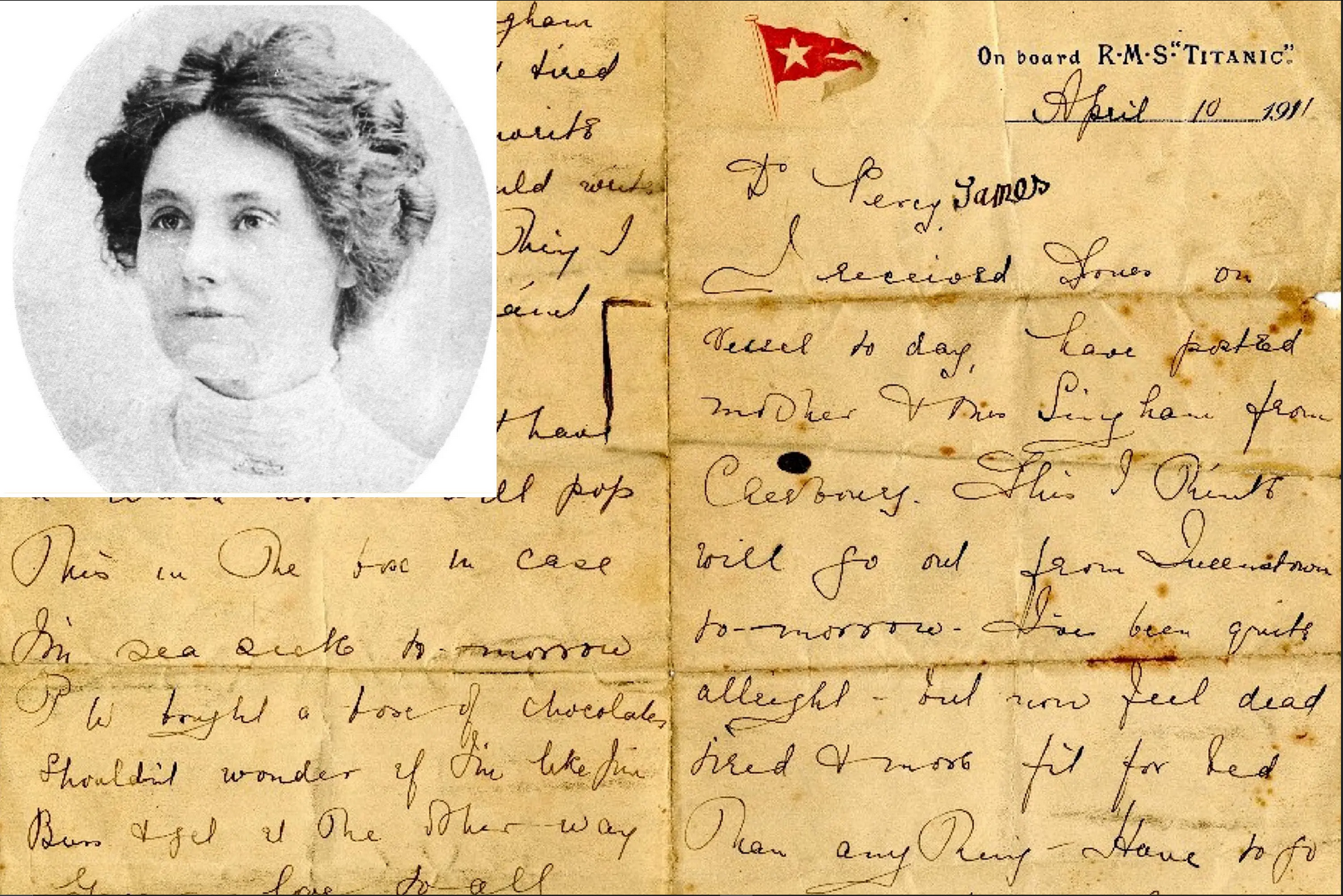Letters from the Titanic: Voices from the Depths
On the night of April 14, 1912, the RMS Titanic, a marvel of its era, succumbed to the icy waters of the North Atlantic. Among the recovered treasures from this tragic maiden voyage are a collection of letters and postcards, poignant echoes of lives interrupted and dreams unfulfilled.
1. The Discovery of the Letters
The discovery of these letters, often during salvage missions, has been a process shrouded in both marvel and melancholy. The RMS Titanic Inc., the company that oversees the salvage operations, has recovered over 5,500 artifacts, including these personal correspondences. These pieces not only endured the sinking but also a century underwater, a testament to the conditions of the ocean floor and the preservative powers of the cold, deep sea.
2. The Stories Behind the Messages
Each letter and postcard opens a window into the lives of its passengers and crew, offering a deeply personal glimpse into the world of the early 20th century. For instance, a letter written by Second Officer Charles Lightoller, the highest-ranking crew member to survive, offers insights into the operations of the Titanic. Meanwhile, a postcard from a young passenger to his mother conveys excitement and awe at the grandeur of the ship. These writings reveal the mundane, the extraordinary, and the human aspects of life aboard the Titanic.
Sauce: Belfast Telegraph
3. Life Aboard the Titanic
The letters paint a vivid picture of life aboard the Titanic. From the opulent surroundings of the first-class cabins to the more modest accommodations of third-class passengers, the diversity of experiences is striking. They speak of grand dinners, social gatherings, and the marvels of technological advancements like the Marconi wireless telegraph system, used by many to send messages to loved ones.
Sauce: New York Post
4. Historical and Cultural Significance
These letters are not just personal artifacts; they are historical documents that offer invaluable insights into the social, cultural, and technological milieu of the early 20th century. They reflect the class distinctions of the era, the optimism of the industrial age, and the human element often lost in historical narratives.
Sauce: National Museum of Liverpool
Sauce: NPR
5. Final Thoughts
The letters from the Titanic serve as a poignant reminder of the human stories behind historical events. They are testimonies of hope, ambition, and human vulnerability, encapsulating the spirit of an era that was as grandiose as it was tragic.
If this interests you as a topic you want to learn more about, there’s a lot more reading to dive into. Check out the sources listed below
*Sources:
Titanic Historical Society
RMS Titanic Inc. Salvage Records
National Maritime Museum Archives
Images: NPR, Belfast Telegraph, New York Post, National Museum of Liverpool






